I was first made aware of the work of Jeff Ascough back in late 2008. As a Canon Ambassador, Jeff was one of the first people to get his hands on a Canon EOS 5D Mark II and put it through its paces. The images he got out of the camera using only available light were stunning and I was really inspired by his purist, photojournalistic approach to wedding photography – zero influence on the day’s proceedings with a focus on composition, lighting and true emotion. Really subtle, beautiful imagery with an emotional yet intelligent aesthetic that was very different to anything else I had seen till then.
Jeff’s work is characterised by his black and white imagery and he is a true master of the digital darkroom. As such, we were extremely flattered to learn that Jeff has recently adopted Exposure to breathe some more analogue soul into his digital files.
In this article, Jeff looks back at his career and provides insight into his search for visual perfection that has led him to using Exposure for his signature black and white prints.
“My love for black and white photography began some 25 years ago when I started working for my parents in their photographic studio. In those days I shot a great deal of black and white studio portraits and would spend many enjoyable hours in the darkroom processing all manner of medium and large format black and white film and making prints up to 30”. At this embryonic stage of my career I also attended a local college for two days a week where my tutors introduced me to commercial darkrooms and the photography of masters like Bresson, Capa, Frank, Klein and Winogrand. My interest in all things black and white was well and truly kindled leading to a passion which has stayed with me throughout my career. My colleagues at the time were into the latest advances in camera technology, whereas I would spend my time with the latest developers and the complexities of the Zone System.
For the first fifteen years or so I developed my own films and printed my own images. I loved the control and the quality but at the start of this century I was shooting upwards of 80 weddings a year; great for business but processing so many weddings myself was becoming unviable. Reluctantly I sent my films to be processed and printed by a third party laboratory, followed by a move to chromogenic black and white film. The quality was passable, but not what I was used to and I spent many hours with the lab working on getting machine processed black and white as good as it could be. Eventually I shut my darkroom down and moved on.
The move to digital in 2005 was quite a revelation for me. Black and white processing was back in my hands again but with far more sophisticated tools for controlling exposure and density, and the option to make variations of a print quickly and without cost. I took on digital black and white with the same passion that I had in those days of fixers, toners and fibre papers. There was one problem though; getting good black and white prints which kept the tonal range, grain and contrast of film was really tough with digital. Disappointed with the black and white output from RAW software, I ended up making my own black and white actions in Photoshop. Interest in the quality of my black and whites grew and I ended up selling the actions to like minded photographers. Many are still in use today.
Although my recipes were reasonably good, applying them wasn’t always efficient given the increasing workflow of a wedding, so last year I started to look seriously at third party alternatives. The current range of RAW software is very good, but to my eye it still isn’t quite there in terms of getting that authentic black and white look that I’d grown up with. I tried several plug-ins from different manufacturers with varying degrees of success but I always found myself coming back to my own Photoshop actions for all my printed images. And then I came across Alien Skin’s Exposure software…
I still remember the first time I used the Tri-X preset in the software. Tri-X is such an iconic looking film and one that every manufacturer tries to emulate usually without much success, but on my screen was an authentic looking image that Exposure had created. This was exciting. However, it is one thing to look at an image on screen but the true test of how good an image looks is when it is printed. A few minutes with our workhorse Canon iPF 6350 printer and a couple of sheets of fine-art paper and I was genuinely blown away by the look of the images. The grain structure was just beautiful. The tonal range was properly compressed like a film negative that had been scanned properly. Just amazing. The Kodak and Ilford 3200 presets are a thing of beauty.
I’ve been using Exposure for several months now and it has become my main method of black and white conversion for all printed images. I use it as a standalone piece of software importing the images I want to be converted into it and then adjusting the tonal range of the image to taste. In addition to the grain and contrast, what Alien Skin have got right with the software is the ability to control shadows and midtones effectively. This is so very important with black and white work. The colour presets are also very, very good and this is something I intend to explore as I move through this season’s weddings.
The other thing I love is the vignette option. Again, authenticity is the key here and they seem to have nailed that slightly irregular look that comes with darkroom burning of the print edges.
If you take a couple of minutes to acclimatise to the software, it is actually pretty easy to use. If there is one thing I’m not too keen on it is the selection of ‘gimmicky’ film options and treatments they have as presets. I understand there will be certain wedding photographers who will love them, but I honestly don’t think they add anything to the product for me.
Overall, I’ve been really delighted with the results from Exposure. I guess you could say my quest for the perfect black and white plug-in has come to an end.”
Be sure to check out Jeff’s website. There’s a cool new section for photographers where he shares more info on his philosophy and ideas. In the same area, Jeff also gives updates on his workshops as well as providing details on his online critiques where you can have Jeff look through your portfolio and give you ideas on how to improve the quality of your work.
We’re honored to count Jeff as one of our users and look forward to seeing his future work with Exposure!
Try Exposure Today


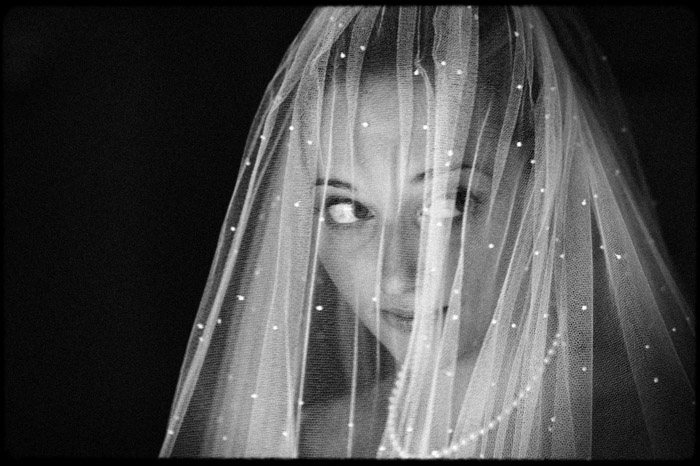
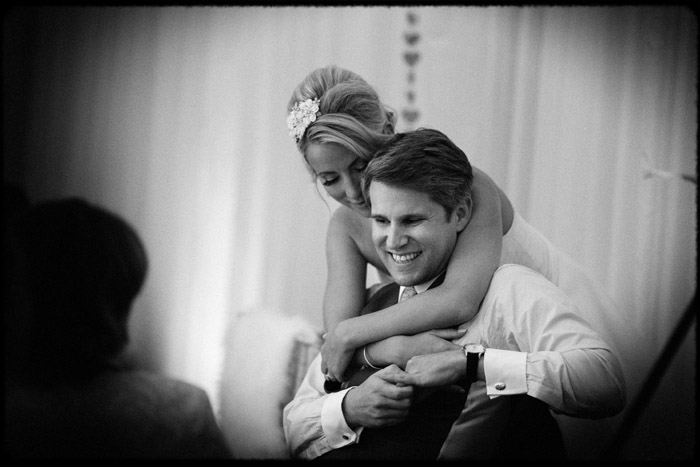
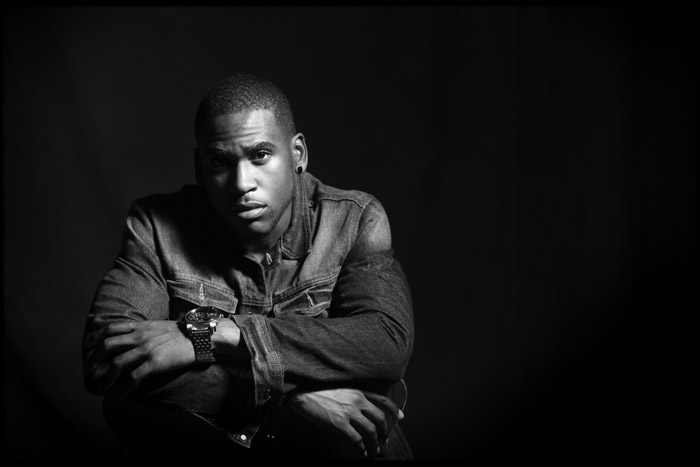
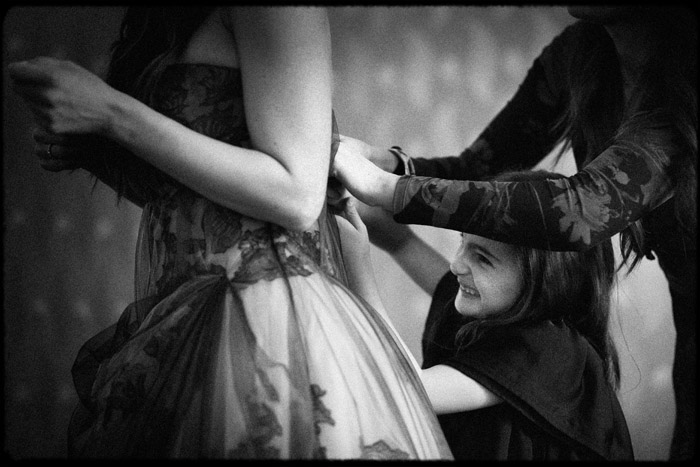
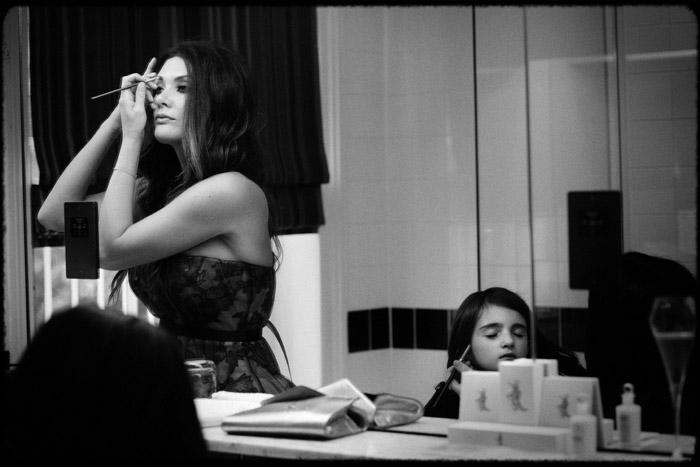
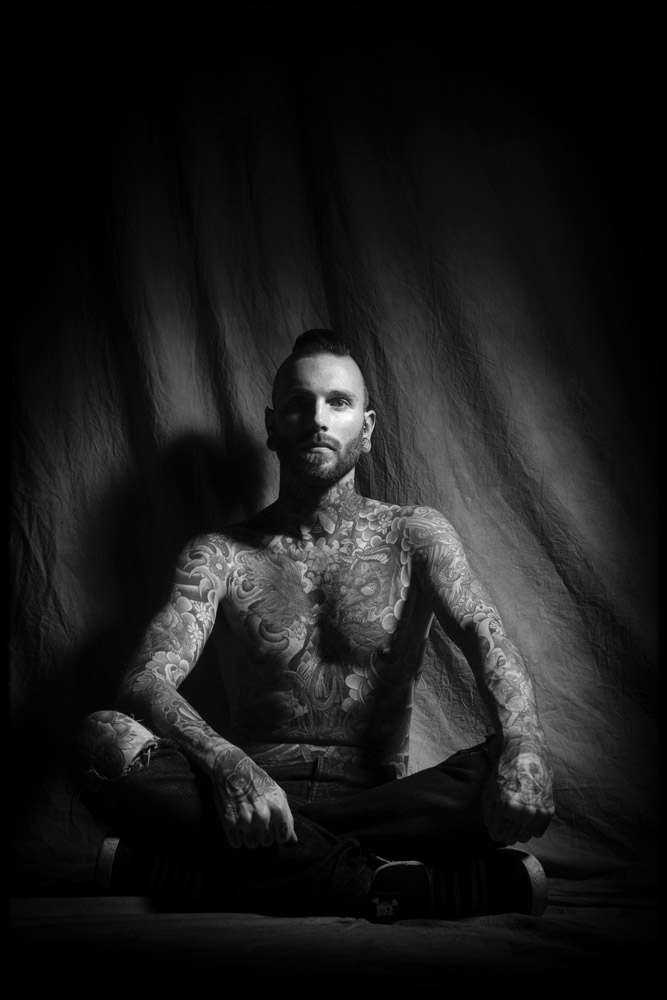












[…] http://blog.alienskin.com/jeff-ascough […]
Really glad I found this post. I have recently started looking into film development software, such as Exposure and having had a play with the trial, I have been really impressed. Now I have purchased the full software, I have spent many hours this past week playing with what it can do.
The colour presets are lovely to use, and I am currently using a mixture of the Black and Whites from this software and another black and white conversion software, both giving me excellent B&Ws.
I too love the ability to tweak the presets.
One thing I hope to see in the future would be more Lightroom integration, that would speed up my workflow considerably!
For now though I am going to enjoy using the software and learning what images suit what particular film – and how best to integrate it into my wedding workflow most efficiently.
As above, I hope for more LR integration in the future… I was looking originally for a b&w preset for LR (I currently do mine in PS which is slowing down my LR workflow) to speed things up. I love the look of ASE but what I really need is something to help me edit quicker!